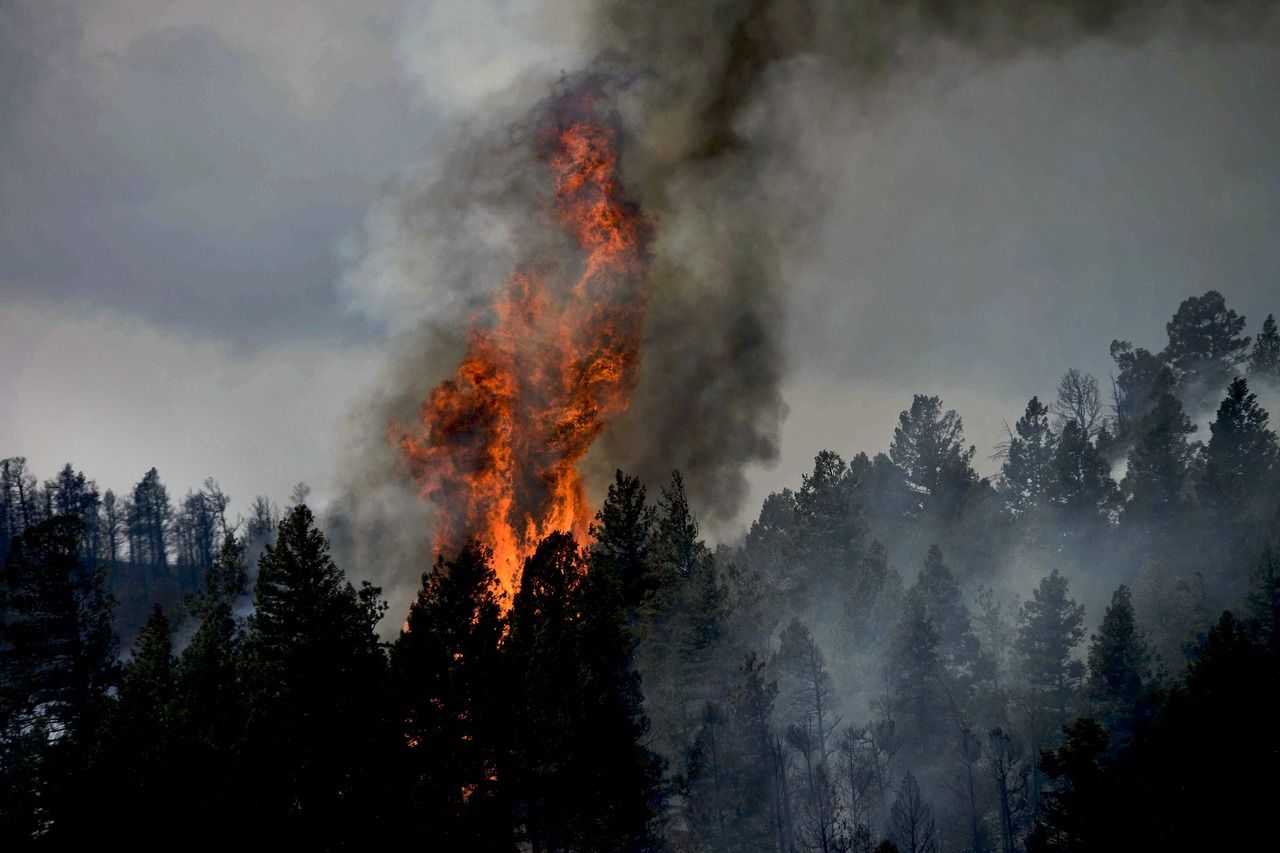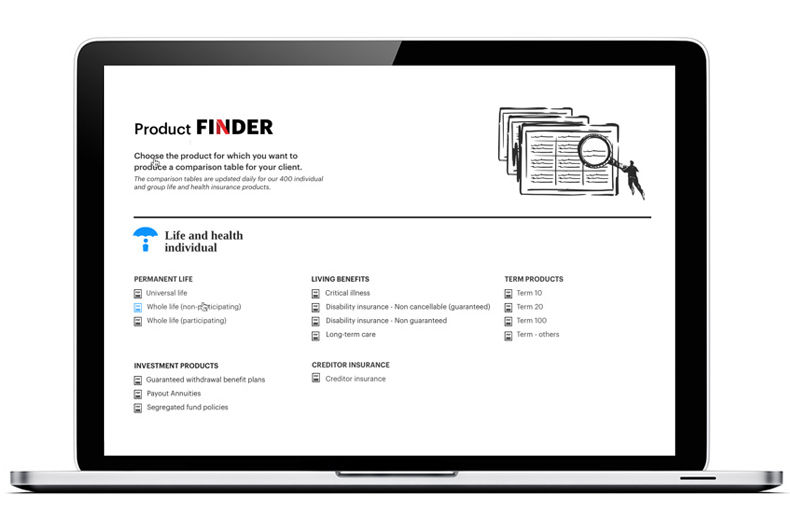The Global Federation of Insurance Associations (GFIA), a non-profit association representing 40 member insurance associations, has published a comprehensive report on global protection gaps, the consequences that arise when gaps in protection exist, and suggests recommendations for bridging the gaps faced by individuals, businesses and societies.
Focused on the gap in pension, cyber, health and natcat (natural catastrophe) coverage, the report, Global protection gaps and recommendations for bridging them, points out that individuals and organizations worldwide are increasingly experiencing situations in which their health, wealth and incomes are not adequately protected. They say insurers have an important role to play in protecting individuals and providing risk-transfer solutions, “however, insurers alone cannot address all protection gaps. Public stakeholders have a vital role to play,” they write. “Some risks are inherently uninsurable by the private sector, making public sector involvement crucial. Narrowing protection gaps is therefore the shared responsibility of private and public stakeholders.”
Focusing on climate change, the report repeats World Economic Forum estimates which suggest that climate change will cost between four per cent and 18 per cent of global GDP by 2050 if no adequate preventative actions are taken. “In absolute numbers, average natcat losses increased from US$126-billion between 1990 and 1999 to US$219-billion between 2010 and 2020,” they write. “The current natcat protection gap stands at roughly US$139-billion per annum. A driver contributing to the acceleration of the protection gap is the movement of populations and their valuable assets to high-risk areas.”
In Canada, the Insurance Bureau of Canada (IBC) responded to the report saying it highlights the urgent need for governments to address the protection gap for natural catastrophes. They say insured damage caused by extreme weather and natural disasters surpassed $3.1-billion in 2022 in Canada, the third worst year on record for the country. The federal government’s budgeted payments to provinces for recovery assistance after natural disasters has grown 466 per cent, they add, from $305-million in 2004 and 2005 to nearly $1.73-billion in 2023 and 2024.
“The soon-to-be-released federal budget includes an opportunity to address a major protection gap in this country by announcing a national public-private partnership that provides flood insurance to highly vulnerable Canadians,” says IBC’s vice president of climate change and federal issues, Craig Stewart. “The policy work is complete. It’s now time for investment and implementation.”







